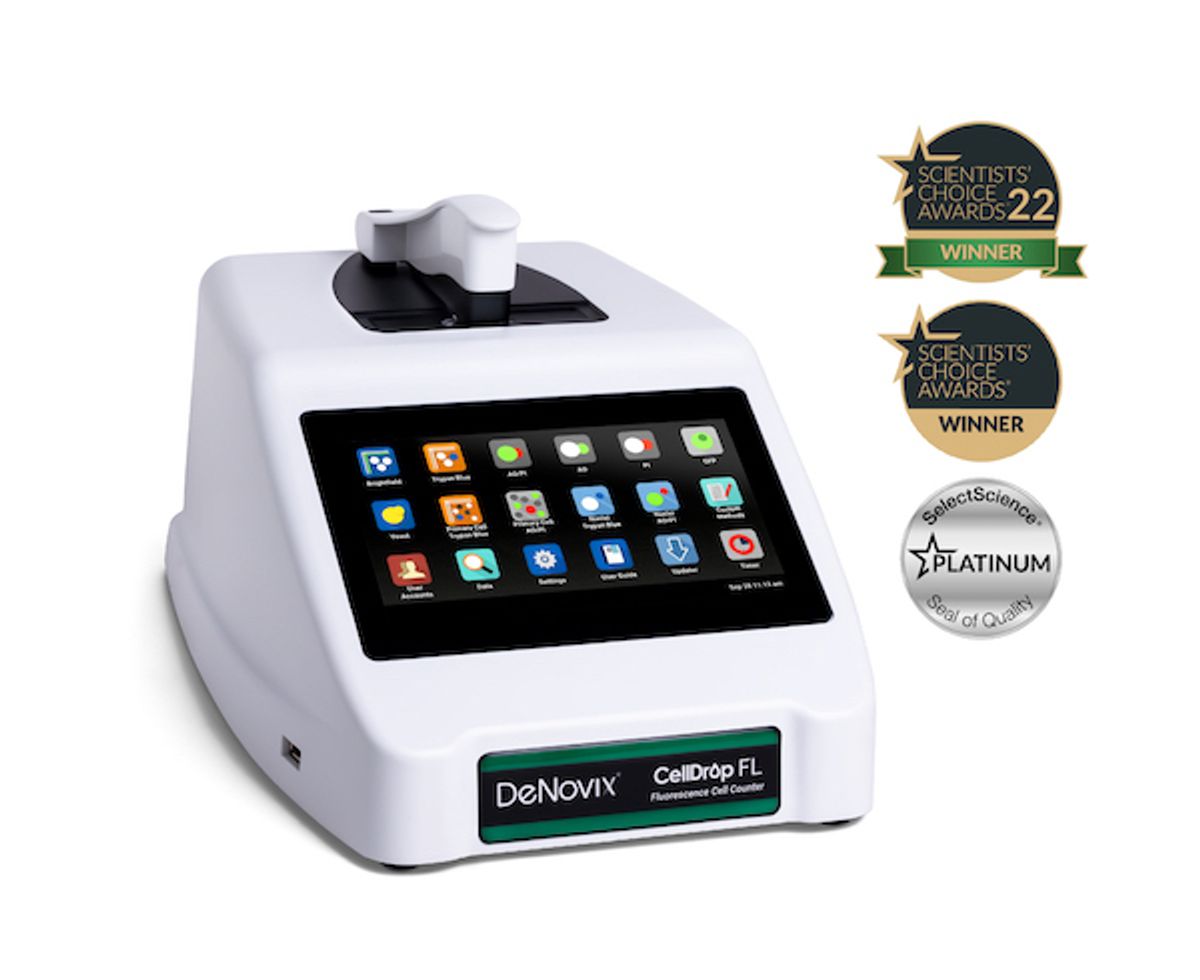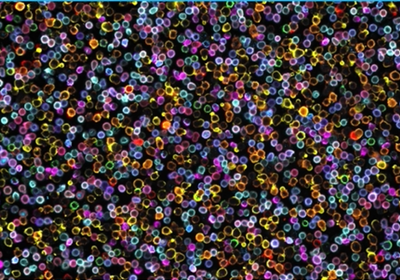Cell counting is a mundane task, but it is fundamental for any biologist who works with cells. Cell counting is essential for cell culture—seeding cells at appropriate densities, monitoring cell health and proliferation, and facilitating proper passaging. It is also vital for numerous other in vitro experiments—for assessing immortalization, transformation, transfection, or infection efficacy, for determining how a treatment affects a cell population, and for dictating reagent or treatment concentrations to prevent artificial discrepancies in response magnitude. For all of these reasons, researchers need to perform cell counting accurately, consistently, and quickly.1
From Hands On to Hands Off
Manual cell counting is still very common in life science laboratories. Researchers typically load a small aliquot of a cell suspension onto a hemocytometer—a special optical glass slide containing a laser-etched grid.2 The operator then visualizes the cells under light microscopy, manually counts the number of cells within a certain area, and extrapolates that number to calculate the cell concentration per unit of volume. Hemocytometers are simple-to-use and inexpensive,1,2 but are subject to several key inherent shortcomings. Because the process is fully manual, user-to-user variation can be introduced at various stages, from aliquot mixing and preparation to the actual count itself and whether a given cell falls within the user-defined counting area. The process is also time consuming, even for experienced operators, and thus not ideal for larger-scale operations.1,2
Automated cell counting can alleviate the variability of manual cell counting while providing superior accuracy and faster throughputs. While many cell counters register individual cells as they scatter light or modulate electrical resistance, image-based automated cell counters are growing in popularity. Powered by improvements in camera sensor technology and computer processing power, image-based cell counting is generally less expensive, requires less complicated sample preparation and handling, and provides visual information on cellular morphology. Image-based cell counters can also take advantage of continuous development of machine learning and image analysis algorithms for faster and more consistent counting. Indeed, computer-based image analysis can detect features easily missed by the human eye, such as nucleus size.2
CellDrop: The Sustainable Solution
The CellDrop™ from DeNovix is an image-based automated cell counter that offers both brightfield and fluorescent optical channels for maximum versatility. It also removes the need for cumbersome sample dilution or concentration steps prior to counting, as the variable-height sample chamber facilitates the measurement of sample cell concentrations ranging from 7 x 102 to 2.5 x 107 per milliliter.3 The versatility of CellDrop cell counters is further demonstrated by how the sample chamber can accommodate individual cell diameters spanning 4 to 400 µm.
The CellDrop instrument is equipped with a high definition 7″ touchscreen interface, removing the need for a separate computer terminal. The instrument is driven by scientist-designed EasyApps™ software that comes with pre-installed programs that enable one-touch analysis for commonly used assays. CellDrop is 21 CFR 11 compliant, compatible with software controls offering password protected system access, integrated electronic signature controls, user account management, secure audit trail recording, and advanced data handling and export tools.
However, the CellDrop’s most unique feature is that it does not require a disposable slide for visualization. Instead, the sample chamber is formed by two permanent optical sapphire surfaces. Following analysis, researchers simply wipe samples away—a cleaning process that can be verified by the instrument’s live-view image. This slide-free approach has significant environmental ramifications, with the potential to save millions of slides — equating to tens of thousands of kilograms of plastic—from landfills.4 The CellDrop’s contribution to sustainability has been recognized by SelectScience®, who named the instrument the “Sustainable Laboratory Product of the Year” in their 2022 Scientists’ Choice Awards®.4
References
- K. Ongena et al., “Determining cell number during cell culture using the Scepter cell counter,” J Vis Exp, 45:2204, 2010. doi: 10.3791/2204.
- A. Vembadi et al., “Cell cytometry: Review and perspective on biotechnological advances,” Front Bioeng Biotechnol, 7:147, 2019. doi: 10.3389/fbioe.2019.00147.
- “DeNovix receives patent for CellDrop™ Automated Cell Counter,” DeNovix Inc. press release, June 12, 2019.
- “DeNovix CellDrop awarded sustainable laboratory product of the year,” DeNovix Inc. press release, January 10, 2023.







